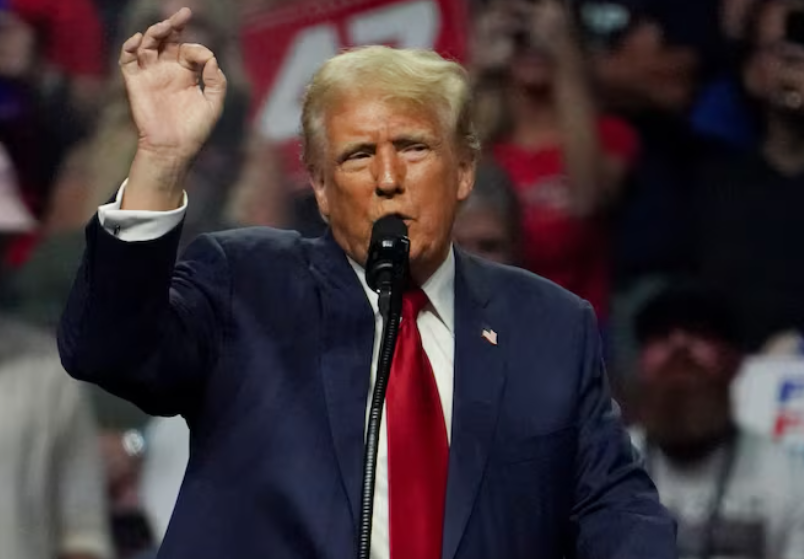On February 1, 2025, President Donald Trump issued three executive orders (EOs) imposing new tariffs on imports from China, Mexico, and Canada.
Initially scheduled to take effect on February 4, 2025, tariffs on Mexican and Canadian imports were delayed by one month following last-minute negotiations.
However, the tariffs on Chinese imports proceeded as planned, going into effect at 12:01 a.m. ET on February 4.
Each EO directed the Department of Homeland Security (DHS) to publish Federal Register notices outlining the necessary amendments to the Harmonized Tariff Schedule of the United States (HTSUS). On February 5, DHS published the China-related notice, titled Implementation of Additional Duties on Products of the People’s Republic of China. Notices for Mexico and Canada remain absent, signaling that implementation of those tariffs is still pending.
Tariff Scope and Implementation
China Tariffs
The new China tariff imposes an additional 10% duty on Chinese imports, supplementing existing tariffs such as those levied under Section 301 of the Trade Act during the first Trump and Biden administrations. The new tariffs modify Chapter 99 of the HTSUS, listing specific goods subject to the additional duties, while exempting certain humanitarian relief items, informational materials, and personal-use baggage.
The notice further mandates that U.S. Customs and Border Protection (CBP) implement the tariffs immediately. The removal of China’s access to the de minimis exemption—which allows duty-free imports valued under $800—directly impacts Chinese e-commerce retailers, who have relied on this loophole to ship small parcels into the U.S. market.
Mexico and Canada Tariffs
Should the tariffs on Mexico and Canada take effect on March 6, 2025, they will impose a 25% duty on all imports from both nations, effectively disrupting decades of tariff-free trade under the U.S.-Mexico-Canada Agreement (USMCA) and its predecessor, NAFTA. A notable exception applies to Canadian energy resources, which will be subject to a reduced 10% tariff.
Legal Basis and Unprecedented Use of IEEPA
The EOs invoke the International Emergency Economic Powers Act (IEEPA), citing national emergencies related to fentanyl trafficking, synthetic opioids, and illegal immigration. This marks a significant departure from the traditional use of tariffs under Section 201 and Section 301 of the Trade Act of 1974.
Historically, IEEPA has been utilized to impose economic sanctions and trade embargoes, rather than broad-based tariffs. The closest historical precedent is President Richard Nixon’s 1971 decision to impose a 10% import surcharge under the Trading With the Enemy Act, the predecessor to IEEPA.
Mitigation Strategies for Affected Businesses
Duty Drawback Restrictions
Ordinarily, businesses can recover up to 99% of duties paid on imported goods that are later exported. However, the EOs specifically prohibit duty drawback for the newly imposed tariffs.
This restriction differs from previous Section 301 tariffs, which allowed businesses to reclaim duties upon re-exporting goods.
Foreign Trade Zones (FTZs) and Tariff Implications
While FTZs typically offer companies relief from tariffs on goods that are re-exported, the EOs require that products subject to the tariffs be designated as “privileged foreign status.”
This classification means that even if the goods are substantially transformed within an FTZ, they will still be subject to the new tariffs upon entry into the U.S. market.
Temporary Importation Under Bond (TIB)
The EOs do not explicitly modify TIB programs under HTSUS Chapter 98, leaving some uncertainty regarding their applicability. Additional details may emerge in subsequent technical annexes or regulatory clarifications.
Potential Retaliation and Trade Escalation
In response to the newly imposed tariffs, China has already announced retaliatory measures against U.S. exports. The EOs also signal the possibility of further tariff increases should Mexico, Canada, or China impose countermeasures.
President Trump has also suggested extending tariffs to other economies, including the European Union and BRICS nations (Brazil, Russia, India, China, South Africa, Egypt, Ethiopia, Indonesia, Iran, and the United Arab Emirates).
Beyond country-specific tariffs, the administration is considering broader levies on key industries, including semiconductors, pharmaceuticals, oil, steel, aluminum, and copper.
Implications for U.S. Trade Policy
These actions illustrate a shift in U.S. trade policy, positioning tariffs as leverage in foreign policy disputes beyond traditional trade issues.
The imposition of duties on USMCA partners raises concerns about the durability of existing trade commitments. Businesses should anticipate continued uncertainty, with the potential for additional tariff adjustments in the coming months.
Legal experts and international trade analysts will be closely monitoring further developments as industries impacted by the new tariffs seek regulatory relief or alternative supply chain strategies.

